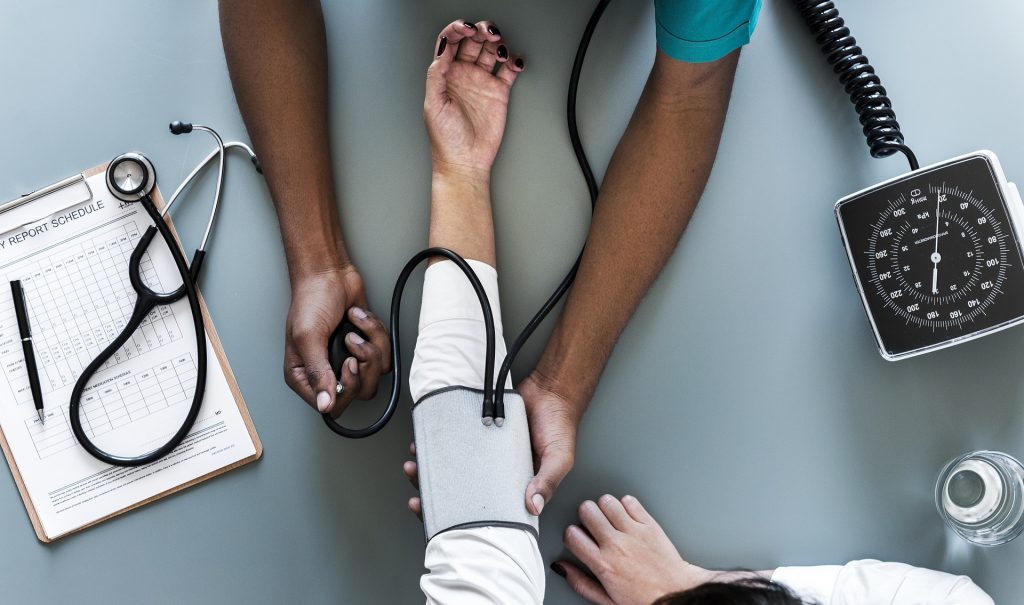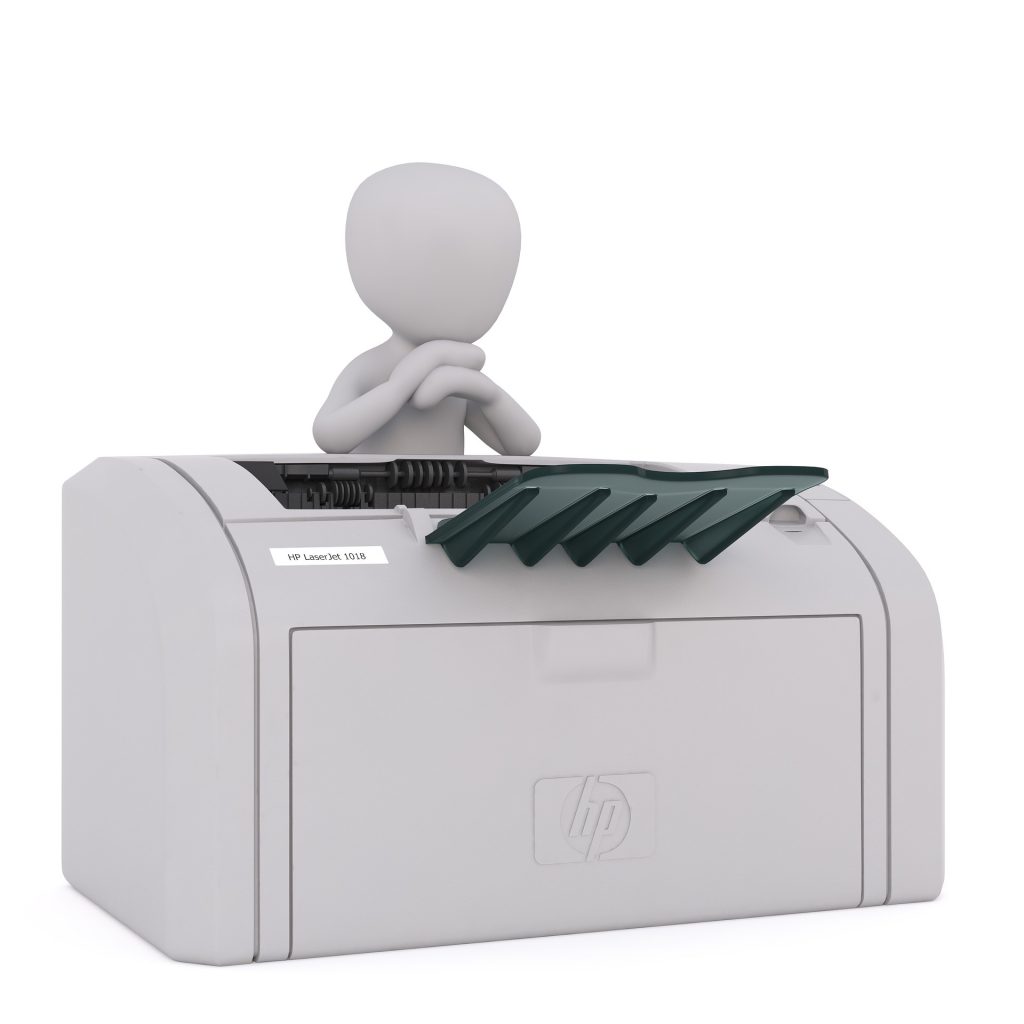Do you know that fax accounts for almost 75 percent of medical communications in the United States? Well, which year are we in? For many of us, fax machines are a piece of outdated technology that has no relevance in modern life. In fact, many of us are under the impression that fax machines have been replaced by modern computer networks when it comes to exchanging information.
But the medical industry doesn’t echo your thoughts. They are relying heavily on fax machines to send and receive medical records and some health-care providers are even investing more money into this technology! This trend continues even after a $30 billion program sponsored by the Obama administration to help health-care providers switch to digital record-keeping.
So, the big question is why health-care institutions are still opting for fax machines in a digital world? Here are some reasons.
Security
Though emails have supplanted fax machines as the de facto means of communication in many industries, fax machines are still considered to be a safer way to send and receive important communications. Learn more about how email to fax works.
The many hacking incidents that have happened over the last decade or so have reduced the confidence that people have in email security. A fax is often considered to be more secure compared to emails because the chances for intercepting a message is low, although cybercriminals are not surprisingly eyeing this technology for vectors of attack.
Many people believe that a person must have physical access to a fax machine in order to access a piece of communication and this means, so some hacker sitting in a remote part of the world cannot access the information that is being communicated.
This perception is not necessarily true because documents left on a fax machine can still be seen by unauthorized people. But then, the chances are definitely much lower when compared to a hacker or even the NSA taking a peek into a confidential message.
Lack of effective laws

Faxed signatures gained legal acceptance during the late 1980s and early 1990s because of the changes made by fax machine manufacturers to comply with the prevailing regulations, and in turn, this accelerated the rate of legal acceptance.
But the same can’t be said about digital signatures. There is still a lot of skepticism when it comes to digital signatures sent over email because the legislation is not clear and convincing enough.
Take the case of the Electronic Signatures Act passed in 2000. Though this Act gave digital signatures legal authority, acceptance was slow and highly limited to only a handful of industries. In some cases, the law itself was not conducive enough to facilitate the switch. For example, it wasn’t until 2010 that the Drug Enforcement Agency allowed the legality of digital signatures for Schedule II drugs. Though this class of drugs constitutes about 10 percent of all drugs sold in the United States today, a pharmacist had to wait for a fax message as they didn’t have the authority to accept a scanned email until 2010! This should give you an idea of the gap that exists between legal acceptance and casual use.
Much of this can be attributed to the fact that lawmakers were more proactive in pushing fax machines.
The Health Insurance Portability and Accountability Act (HIPPA) of 1996, for example, forced fax machine manufacturers to retool their system to ensure compliance and to limit who can see received faxes. But there are no such comprehensive digital laws that ensure the same levels of administrative and physical security. Whatever measures were taken on the legal front over the last couple of decades, were too little and too late.
Incompatible systems

Another major reason for the continued use of fax machines is the lack of compatible systems to transfer medical records between health-care institutions. In many ways, this incompatibility is deliberate because doctors find little financial incentive to share the records of their patients with other doctors in a different hospital.
This also explains the presence of “walled gardens” where the medical record of a patient is circulated to providers only within a single hospital network. When the records cannot be shared, a patient is forced to stick to the same provider. This is why many health-care providers refuse to invest in technologies that would make this sharing a smooth process because they don’t want other health-care providers to siphon off their patients.
Resistance to change
Humans are highly resistant to change. When we get comfortable using a particular technology, we don’t change it unless there is a compelling reason to do so. This is exactly what’s happening with fax machines too. Many people, especially the older generation of doctors, are so used to sending messages over a fax machine that they find it hard to make the switch to email. And that’s one of the reasons for the fax machine to continue to chug on its journey.
Fax machines as backup
Some businesses tend to use fax machines as a backup because they are analog technology. When computer networks go down or when there is a problem with the Internet, fax machines run on without being affected by these changes in any way. This is why some industries prefer to continue to have a fax machine that can be used in an emergency.
Innovations by manufacturers of fax machines

Over the years, fax machine manufacturers and service providers have innovated to stay relevant in this business. There are many fax service providers today and even cloud faxes are catching on. All this means you can send and receive faxes without investing in fax machines.
While cloud faxing has yet to catch on in a big way, the fact that fax machine providers are open to innovations is sufficient to keep this technology relevant for many more years to come.
In all, fax machines are safe, convenient, simple, and cheap when compared to other alternatives available for businesses, especially those in the health-care industry. And that’s why fax machines are the primary means of communication between health-care providers.
In fact, it is not just the health-care industry that is relying so heavily on faxes. There are some government departments and businesses too that prefer to keep their communications through fax. A worldwide survey conducted among 200 companies with 500 or more employees shows that 82 percent of companies send the same number of faxes that they sent in 2006. All this means the fax machines continue to be relevant and have carved a niche for themselves in the world of technology.
But, what’s the future like for these machines? Will they become obsolete or will it be used over the next decade?
Future of fax machines
There is no doubt that fax machines will continue to be used in the health-care industry considering the big investments that many providers are making in these machines. But for how long will these machines be used for communication is anyone’s guess.
Already, there is a concerted effort in countries like the UK and the U.S. to reduce the use of these machines. Spurred by the European Union’s push for electronic identification, the National Health Service of the UK has decided to stop buying fax machines by 2019 and end their use by 2020. Likewise, the Centers for Medicare and Medicaid Services (CMS) is encouraging providers to promote interoperability and through it, eliminate the use of fax machines by 2020.
Though these programs have made good inroads, they are nowhere near eliminating fax machines completely. It may be many years before this happens, and until then, the good ol’ fax machines are here to stay.
Featured image: Pixabay



